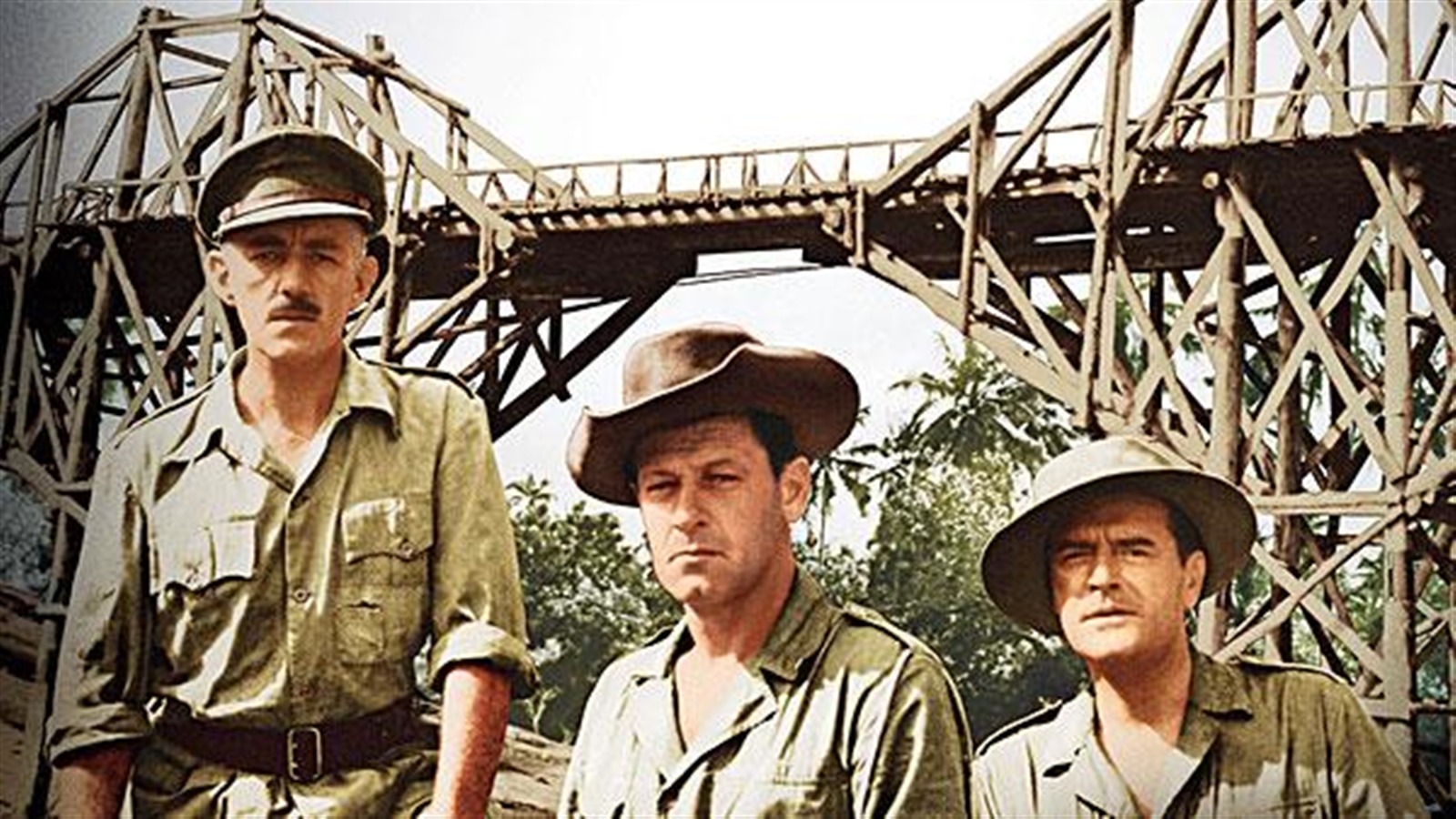
Saito reiterates his demand and Nicholson remains adamant in his refusal to submit his officers to manual labor. In response to this, Nicholson informs Saito that, under the Hague Conventions (18), officers cannot be required to do hard work. Saito also demands that all men, including officers, will do manual labor. Saito announces that the prisoners will be required to work on construction of a bridge over the River Kwai so that the railroad connection between Bangkok and Rangoon can be completed. Colonel Nicholson marches his men into Prisoner of War Camp 16, commanded by Colonel Saito. The story describes the use of prisoners in the POW camp to build the bridge and how a separate team of experts from 'Force 316' based in Calcutta were sent to sabotage the bridge. However, he chose instead to use British officers in his book. Two labour forces, one based in Siam and the other in Burma worked from opposite ends of the line towards the centre."īoulle had been a prisoner of the Japanese in Southeast Asia and his story of collaboration was based on his experience with some French officers. An estimated 80,000 to 100,000 civilians also died in the course of the project, chiefly forced labour brought from Malaya and the Dutch East Indies, or conscripted in Siam (Thailand) and Burma (Myanmar). During its construction, approximately 13,000 prisoners of war died and were buried along the railway. "The notorious Burma-Siam railway, built by Commonwealth, Dutch and American prisoners of war, was a Japanese project driven by the need for improved communications to support the large Japanese army in Burma. The largely fictitious plot is based on the building in 1942 of one of the railway bridges over the Mae Klong river-renamed Khwae Yai in the 1960s-at a place called Tha Ma Kham, 5 kilometres (3.1 mi) from the Thai town of Kanchanaburi.Īccording to the Commonwealth War Graves Commission The novel won France's Prix Sainte-Beuve in 1952.



The novel deals with the plight of World War II British prisoners of war forced by the Imperial Japanese Army to build a bridge for the " Death Railway", so named because of the large number of prisoners and conscripts who died during its construction.

The story is fictional but uses the construction of the Burma Railway, in 1942–1943, as its historical setting, and is partly based on Pierre Boulle's own life experience working in Malaysia rubber plantations and later working for allied forces in Singapore and Indochina during World War II. The Bridge over the River Kwai ( French: Le Pont de la rivière Kwaï) is a novel by the French novelist Pierre Boulle, published in French in 1952 and English translation by Xan Fielding in 1954.


 0 kommentar(er)
0 kommentar(er)
